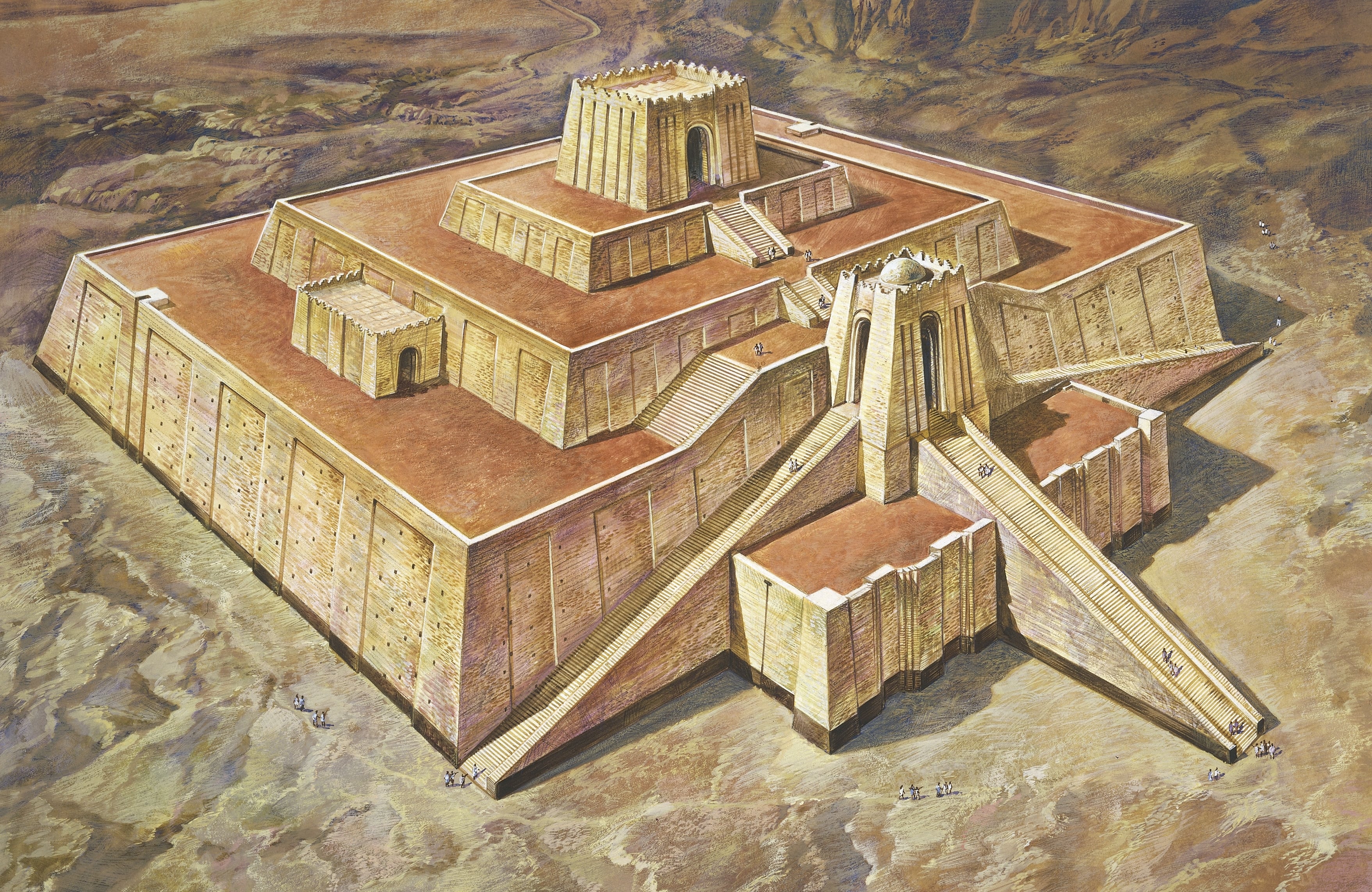
Meaning that the great temples of the major cities might have drawn pilgrims from distant parts of the Near East to sites of religious importance, increasing the ethnic diversity in these cities. Travelling merchants would come to sell their wares at the markets, connecting cities through the land, and distributing material culture throughout Sumer and Mesopotamia.įurthermore, Mesopotamia possessed a significant religious homogeneity. There were beermakers, butchers, and bakers.

The streets were alive with business, the markets were full. In this way the entire population was united, collectively working towards the prosperity of the group, organized by the leadership of the temple and, by extension, the gods of the Sumerian Pantheon. Partially reconstructed Ziggurat built by the Sumerians in the Sumerian city-state of Ur. Citizens were employed by the temple to build, labor, grind flour, cultivate fields, cook or transport goods, all of which we have meticulous record of. The temple was the main administrative force in charge of overseeing the cultivation and distribution of the grains and vegetables that would feed the entire people. The Sumerian City-State was politically and religiously dominated by the temple. Learning grew to the invention of writing in Mesopotamia which enable a more sophisticated, unique, intimate expression of the Sumerian mind. Sculptors, merchants, lawyers, scholars, doctors, soldiers, priests, and officials, could all be provided for (by farmers and herders) in exchange for the duties of their position within society. A class of laborers could be paid for their service from a food surplus, enabling the construction of ever greater buildings. Many developments in the arts of civilization were made during this time.īusiness, trade, and the arts were booming as a result of a significant fraction of the population being given food for other duties. Towards the end of the Uruk Period (4000 to 3100 BCE) we see population flourish as society becomes evermore complex and interconnected. Literally the only true city in the world, and the center of a unique and advanced material culture. Uruk was the largest and most dominant settlement of the time.
#Sumer civilization full
However Sumerian civilization emerged in full during the Uruk Period, named after the Sumerian City-State of Uruk.

Their migration brought us the first examples of irrigation architecture which was to make great cities possible. The people who settled Eridu were the first to settle that land. Nippur, located in modern Iraq in what was once the land of Sumer was excavated in 1893 by John Henry Haynes. Archaeologists have discovered that Eridu was first established c.6500 BCE and was held in great importance throughout by the Sumerians throughout their history.Įxcavation of the Sumerian City-State of Nipper. The first city of the Sumerian Civilization in later tradition is the city of Eridu, said to have been built as the home of the Sumerian god Enki. The First Stages of Sumerian Civilization Leadership of the Sumerian civilization began with priest-kings, but ended with secular monarchs called lugal.


The people developed educational, mercantile, social, and political institutions within – and under the authority – of the temple. Human society became more complex during this period. It was in Sumer that urban life fist began, invented during prehistoric times on the alluvial plains and marshes of the Near East, and on the shores of the Persian Gulf. The Sumerian Civilization is the oldest civilization to have existed in southern Mesopotamia and might be the oldest high civilization to exist in the world. A Map of Mesopotamia, Syria, and the Levant.


 0 kommentar(er)
0 kommentar(er)
